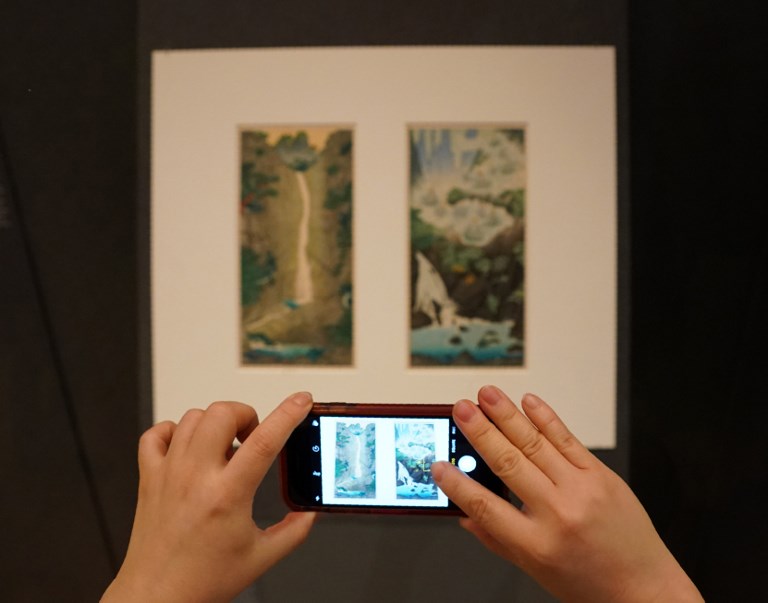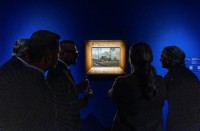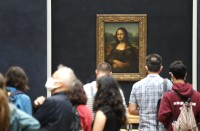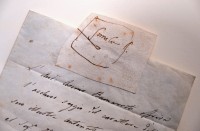
by Jennie MATTHEW
Agence France-Presse
NEW YORK, United States (AFP) — The Winter Olympics are being watched for many things: sporting excellence, of course, but also for headway on the US-North Korea nuclear stand-off and even tentative rapprochements between Seoul and Pyongyang.
In New York, the Metropolitan Museum of Art is commemorating the Games with an exhibition of Korean art, much of it displayed for the first time in the United States, and which introduces an acclaimed Korean natural wonder to a new audience.
That site is Mount Kumgang, in today’s North Korea, and renowned throughout the peninsula for its beauty. It’s where Pyongyang last week called off a joint cultural event, underscoring the fragility of the Games-led warming of ties between North and South Korea.
Thousands of South Koreans visited the area from the 1990s to 2008, until Seoul suspended the trips after a North Korean soldier shot dead a South Korean tourist who strayed into a restricted area.
The exhibition features nearly 30 paintings depicting what are known, in English, as the Diamond Mountains. For a decade largely inaccessible, ironically as the bird flies the site is not too far from where the Olympics will open in Pyeongchang on Friday.
Spanning the 18th century to the present, the delicate ink and colors on silk, scrolls, painted screens and contemporary works evoke a magical, even mystical terrain of jagged peaks, stunning views and steep trails.
“Given the mystery around this site in North Korea I hope that that will pique people’s interest,” said Soyoung Lee, curator in the Department of Asian Art at the museum and organizer of the exhibition.
“And through the art that has been created over the last 200 years or so, that people will come to also love this incredible, natural wonder.”
Nostalgia
Called “Diamond Mountains: Travel and Nostalgia in Korean Art,” the exhibition opens on Wednesday and runs until May 20.
The highlight is an early 18th century album from the National Museum of Korea by Jeong Seon who revolutionized Korean painting by breaking with conventional generic imagery and depicting native scenery.
Included are two 1920s works by Scottish artist Elizabeth Keith, then one of only a handful of foreign visitors to Korea who wrote of her stay: “I would not have missed the grandeur for all the danger… The beauty of the climb was a revelation.”
The exhibition took three years to put together and most of works are on loan from institutions in South Korea. “Given the geopolitics,” Lee says, there was no contact with the North.
“The topic of the show is about travel and nostalgia,” she told AFP. “We focused on the idea of inaccessibility and nostalgia from the South Koreans’ perspective.”
Bae Kidong, director general of the National Museum of Korea, expressed hope for future overseas collaborations.
“The history and art of Korea is not well known to the Western world,” he told AFP. “Korea has a very special culture, distinctive from Japanese or Chinese.”
Like Lee he hopes, one day, to visit in person. “You can see from the DMZ line the southern reaches of Diamond Mountain,” he said.
© Agence France-Presse







